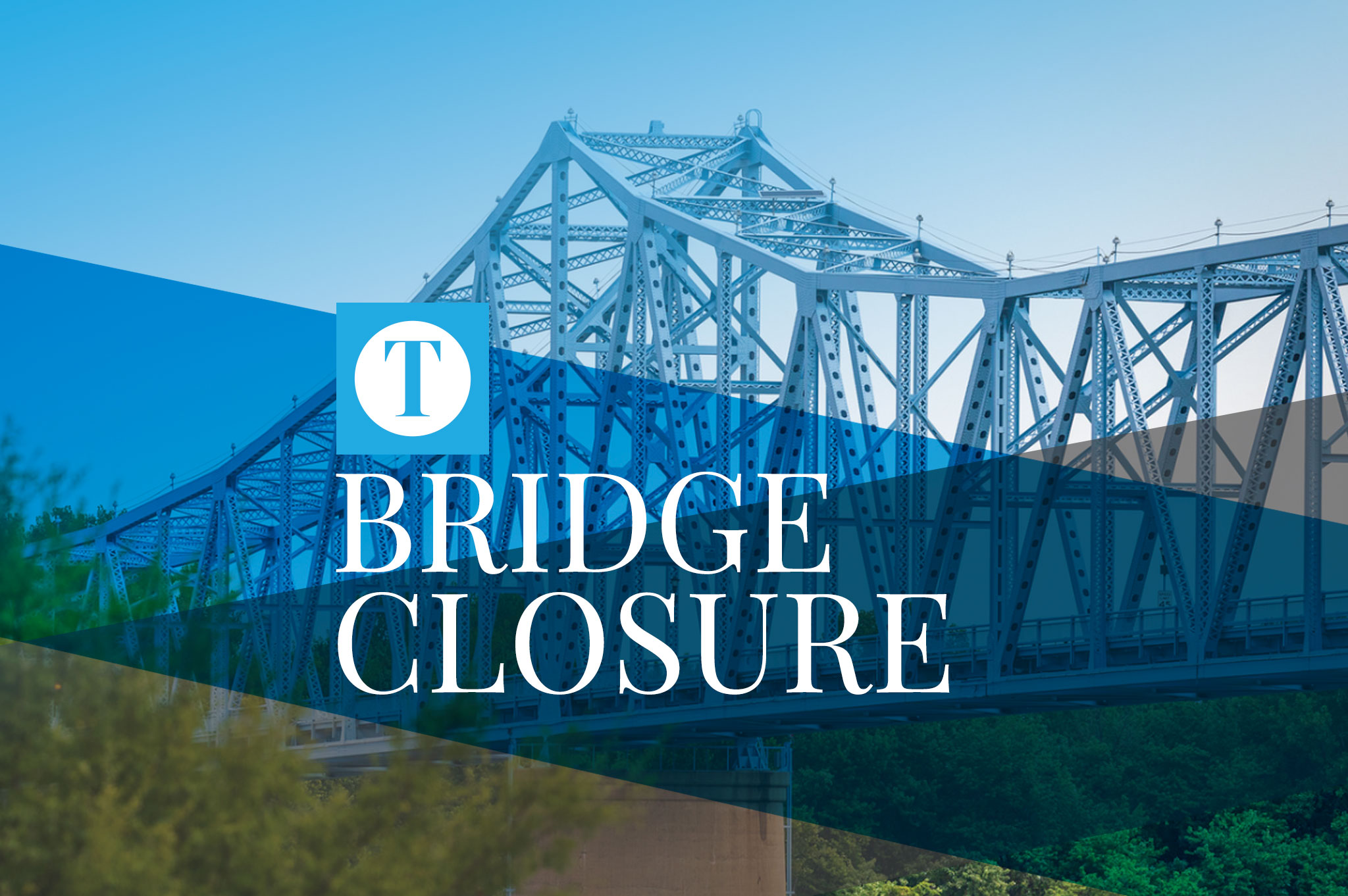Many from Daviess County were vacationing in the Florida panhandle when Hurricane Michael — the strongest storm on record to hit that area — made landfall on Oct. 10, 2018. The Category 4 hurricane destroyed 60 percent of homes in Panama City and killed 43 people across a 200-mile radius. Michael was named the third worst hurricane to hit U.S. soil.
Most fall-breakers were lucky enough to evacuate, and many chose to drive home and finish the remainder of their fall break in Owensboro. However, the story cycled out of the news faster than previous hurricanes, according to Owensboro native Ashley Warren, who’s lived in Panama City since 2015 as a wildlife biologist.
“I think one thing that had a lot to do with that was the elections that came up so quickly afterward. It feels like the hurricane fell out of the news,” Warren said.
Warren was born and raised in Owensboro, and is now one of many Bay County residents who has felt somewhat left behind in the minds of most Americans and relief agencies.
And they aren’t wrong for feeling that way. According to an editorial in the Panama City News Herald, in the month after Hurricane Harvey hit Houston, the American Red Cross (ARC) received $350 million in donations. Hurricane Michael, on the other hand, received $28.6 million through ARC donations — less than one-tenth of Harvey’s donated funds.
While the initial aftermath was picked up by news sources across the country, Warren said that, four months later, the destruction and devastation suffered by Panama City still resembles an apocalypse, yet it gets very little attention. Warren’s own duplex is what she calls “liveable,” but she’s been forced to move all of her belongings into her living room, while both of her bedrooms await repairs due to mold and water damage.
“There’s such an overflow of work that it’s just taking a really long time to get to everyone,” Warren said. “One girl [I know] came back, and she lived in an apartment complex that was completely destroyed. She couch-surfed for three weeks because three feet of water got into her apartment.”
The current demand for housing in the Panama City area is so high, Warren said couch-surfing has become a way of life for thousands of locals. Warren said the eye of Hurricane Michael hit the east side of Bay County where most buildings were flattened by wind damage, while the west side of the county was damaged from the storm surge.
“It’s just pure devastation. It’s breathtaking, really,” Warren said of the scene in these areas. “There are signs torn down, structures down, holes in walls, holes in the roofs. It’s going to take more than four or five months to get this city together because it was completely destroyed.”
When Michael hit Panama City, Warren had already evacuated west to Pensacola. Warren returned home a week and-a-half later, once power had been restored to her residence.
“The initial aftermath — you really couldn’t imagine it being more catastrophic and disheveled. What’s normally an hour-and-a-half drive took us took four hours [from Pensacola to Panama City] because of all the roadblocks, trees in the road, power lines down. You couldn’t get through the road. A school down the street was completely destroyed. You could fly a drone through it because the walls were gone.”
Warren said, as far as she knows, her community received two months of federal assistance through FEMA but, since December, repairs and construction have been handed over to the county.
“They called comfort centers for people who were displaced. They provided hot food, a place to shower. They all left after November,” Warren said. “It was looking really bad in November. There were tent cities everywhere. There was a huge tent city in the Sam’s Club parking lot. The FEMA trailers have helped with that.”
The Panama City News Herald said it took two months for the FEMA trailers to arrive, and they only brought 40 trailers with them. FEMA was later approved to bring 1,500 trailers to the area.
“It felt like it took forever for the FEMA trailers to get here,” Warren said.
While there’s no timeline in place for the repairs needed so that Warren can use her two bedrooms again, she says she’s been able to stay fairly positive through the whole experience, even though it’s been a difficult journey.
“At least I still have my house. There’s a lot of restaurants, fast-food places and gas stations still closed. My friends and I will go out to a local pizza place. I think I’m pretty positive because it wouldn’t help anything otherwise. I have full faith in my landlords, that they’re doing everything they can to help me,” Warren said. “I think people on the outside need to have a more realistic outlook on how long this process takes.”



